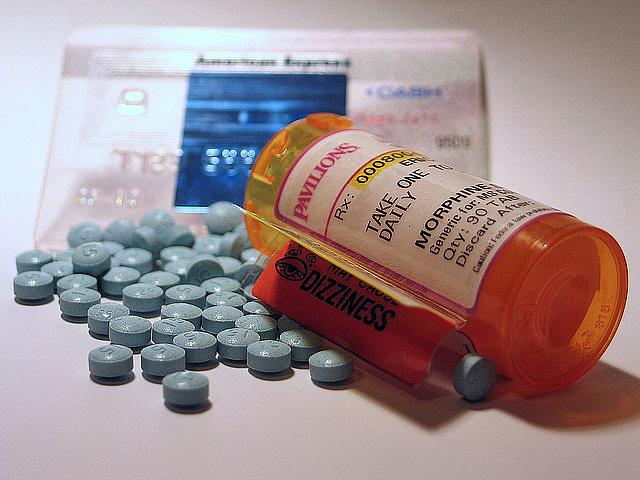Opioid addiction crisis fuels another: Hepatitis C

Addiction usually leaves a wake of chaos, and all kinds of casualties - marriages, jobs, health. Most tragically, the current crisis of opioid addiction (to prescription painkillers and heroin) has cost too many lives, in New England where I report and across the country. For instance, well over 160 Rhode Islanders have died from accidental opioid overdoses so far this year. Hundreds more might have joined them had it not been for the rescue drug naloxone. And that's in one of the smallest states in the union.
Unforeseen consequence
But here's another unforeseen consequence of this epidemic of opioid addiction: hepatitis C. There's been a surge in new users of injection drugs, mainly heroin. Along with it, the CDC reports a surge of new cases of hepatitis C. I spoke with the head of the CDC's division of viral hepatitis, Dr. John Ward, who told me that epidemiologists are still trying to get a handle on this surge. But he called it a new epidemic:
“We have been concerned for several years about the rising number of reports of new cases or new infections with hepatitis C virus from an increasing number of states. And this was first reported in the state of Massachusetts around 2009 and then has progressively spread westward with an increasing number of states reporting rising rates of new infections with hepatitis C," said Ward.
Ward says some states have seen a 200% increase in the number of new cases over the past few years.
Why?
First, because hepatitis C is transmitted by direct contact with the blood of an infected person. But it doesn't take much - even a microscopic amount of blood can carry billions of hepatitis C viruses. The most common means of transmission is sharing drug injecting paraphernalia. That means an injection drug user doesn't even have to share a needle with someone who's infected to catch it. They could be exposed by using the same cooker (a container used to heat up the drugs), or the same cotton (used to strain the drugs), for example.
The concern is that some of the newer injection drug users don't know about needle exchange programs, or how to inject safely. They may never even have heard of hepatitis C. Or they might not know how it's spread.
Also, the demographics of this new generation of injection drug users doesn't match the pattern of a previous generation, for whom many of the needle exchange sharing programs were established. Previously, this was an urban phenomenon. No more. Now, every epidemiologist and addiction expert I speak with tells me this is a suburban and rural phenomenon.
So - add up a rising number of injection drug users, lack of awareness about hepatitis C, and a lack of prevention efforts, and you get a growing epidemic.
That's the second epidemic I'm talking about in the first part of my multi-part radio series on hepatitis C, At The Crossroads: The Rise of Hepatitis C and the Fight to Stop it. There's a link to listen to the first story, "At The Crossroads, Part 1: A Tale of Two Epidemics" above. The first epidemic is of baby boomers, mostly, who caught the disease many years ago and whose symptoms are just now beginning to emerge.
I'll be looking at the challenges of finding new infections, promising but expensive new treatments, disproportionately affected populations, and more in the coming weeks as part of this series. I hope you'll come along for the ride!
I undertook this project as a 2014 National Health Journalism Fellow, a project of the California Endowment Health Journalism Fellowships (a program of the USC Annenberg School of Communication and Journalism). So far, it's been a fascinating journey.
Photo by Eric Norris via Flickr.

